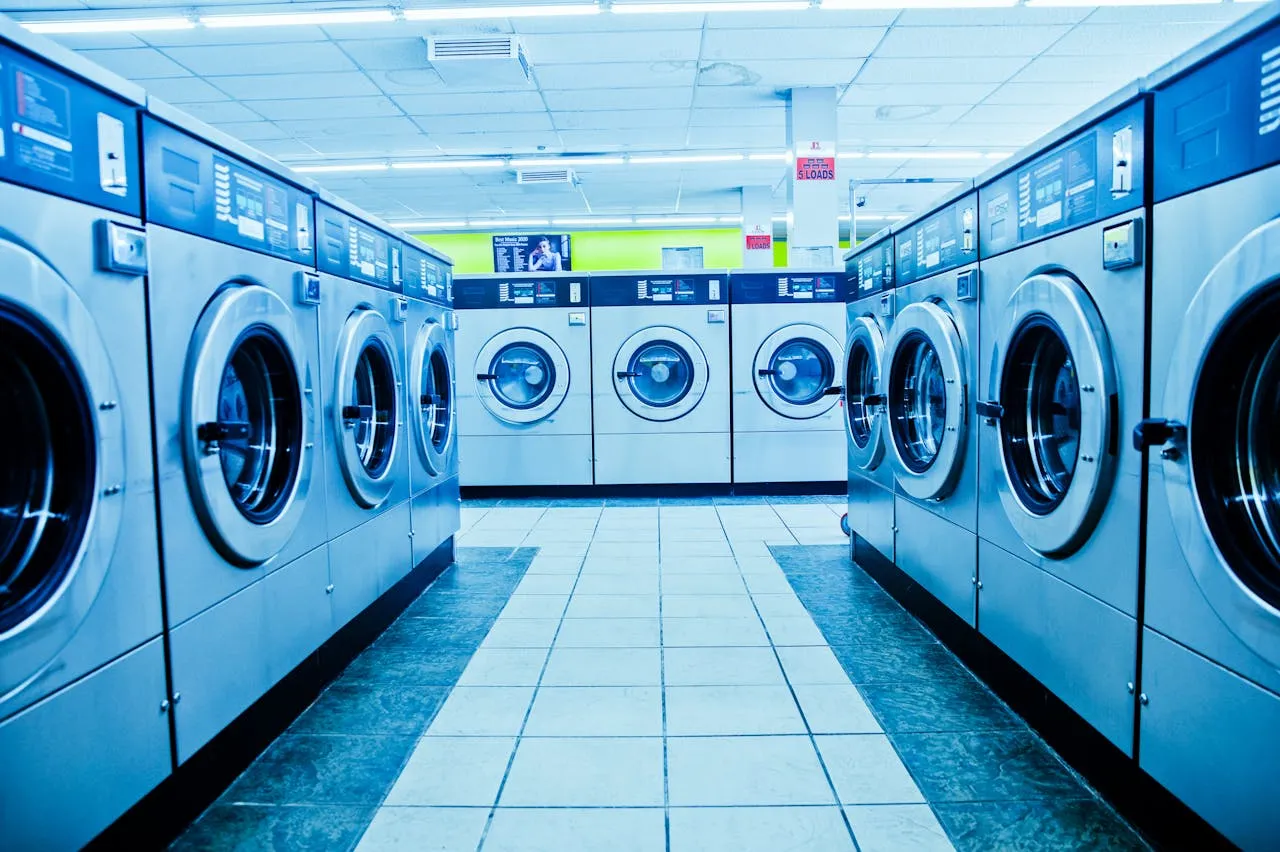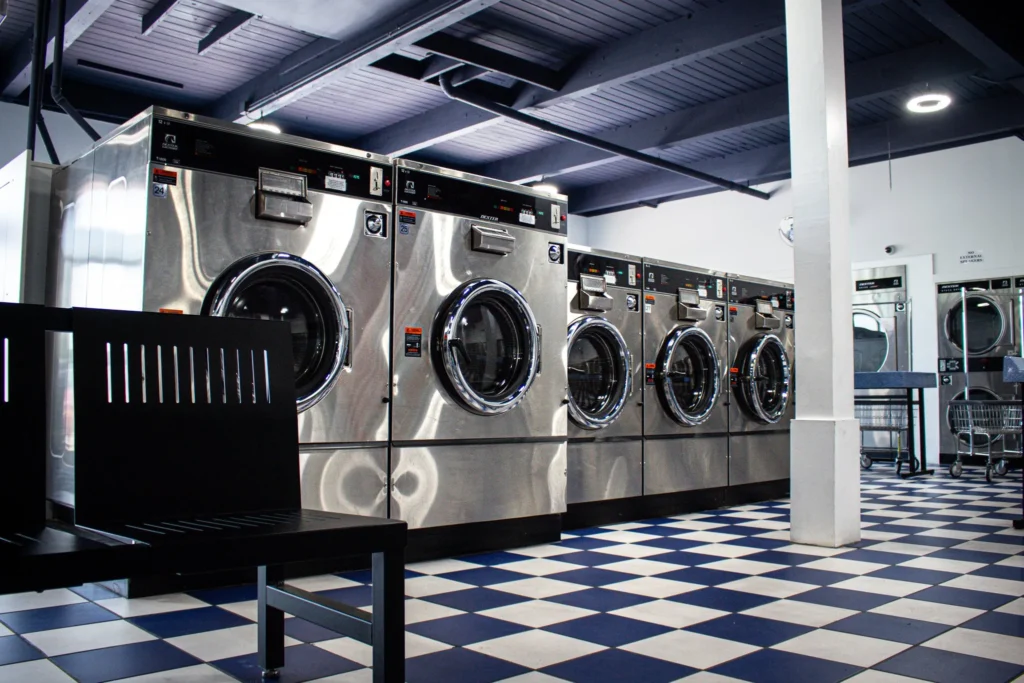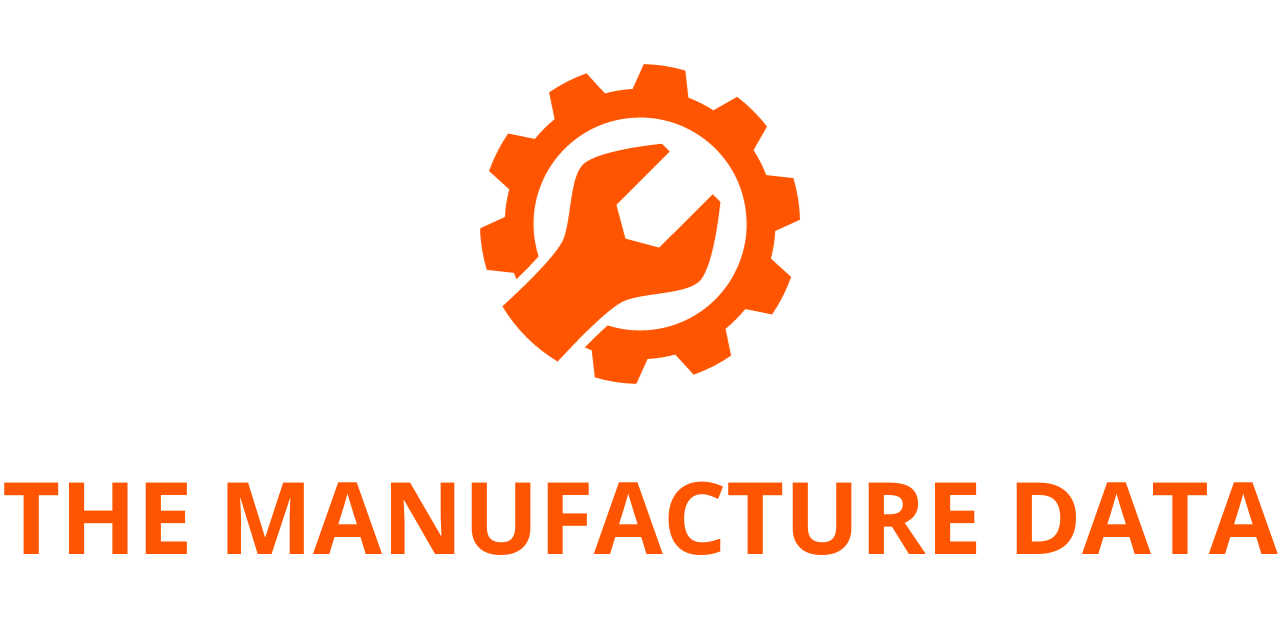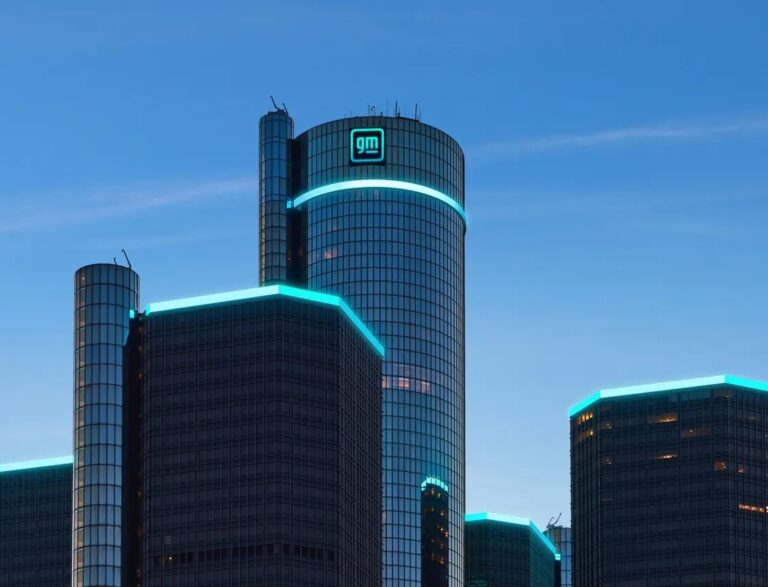
GE Appliances Commits $490 Million to Expand U.S. Laundry Manufacturing at Louisville Headquarters
GE Appliances—a Haier company—and a leading force in home appliances, today unveiled plans to invest $490 million in its Louisville, Kentucky facilities, which serve as both the corporation’s global headquarters and its largest manufacturing site. This ambitious investment will fund the construction of the company’s most advanced laundry manufacturing facility to date: a next-generation plant focused on producing clothes washers designed, engineered, and built in the United States.
The centerpiece of this project is the reshoring of high-demand laundry products—the GE Profile™ UltraFast Combo Washer/Dryer and the GE® and GE Profile™ UltraFresh Front Load Washer families—bringing production back from China. The transformation will create approximately 800 new full‑time jobs in the region, firmly establishing Kentucky as a global powerhouse in advanced appliance manufacturing. This initiative reinforces GE Appliances’ position as the nation’s largest washer manufacturer and builds on its decade-long commitment to invest $3.5 billion in U.S. manufacturing—earning it the reputation as America’s top appliance company.¹
A “Zero‑Distance” Approach: Manufacturing Close to Consumers
“This investment is rooted in our ‘zero‑distance’ business principle,” said Kevin Nolan, president & CEO of GE Appliances. “We want to Laundry manufacture our appliances as close as possible to our customers and consumers. Reshoring these products allows us to respond faster to market trends, innovate more fluidly, and align with current economic and policy landscapes.”
By bringing this cutting-edge laundry facility back home, GE Appliances is building a leaner, more responsive supply chain—reducing transit time, minimizing carbon footprint, and enhancing service levels for American consumers.
Kentucky and Louisville Celebrate a New Manufacturing Milestone
Kentucky Governor Andy Beshear hailed the announcement as a major milestone: “This investment reaffirms Louisville as GE Appliances’ global headquarters and enhances the U.S. manufacturing footprint. It strengthens one of our most critical assets and confirms Kentucky’s place as a top-tier destination for advanced manufacturing and high-wage job creation.”
Louisville Mayor Craig Greenberg expressed optimism about the local impact: “This $490 million investment means 800 quality jobs at our doorstep. It locks in GE Appliances’ long-term presence in Louisville and supports the next generation of innovators and skilled workers.”
Together, the city and state are stepping up to support the project, with the Kentucky Economic Development Finance Authority (KEDFA) offering performance-based incentives under its Kentucky Business Investment program. Additional support includes workforce training grants via the Kentucky Skills Network and financial backing for facility modernization. Final incentives will be granted once GE Appliances meets specified job creation and investment thresholds.
A Model Factory: Automation, Integration, and Consumer Focus
The project will convert Building 2 at Appliance Park—already the central production hub for front-load washers—into a flagship facility spanning roughly 33 football fields in production area (between Buildings 1 and 2). Under this modernization:
- Over 15 front-load washer models will be manufactured on-site.
- The plant will integrate advanced automation, with AGVs (Automated Guided Vehicles), AMRs (Autonomous Mobile Robots), and refined material-handling technologies.
- Vertical integration will enable in-house production of essential components: stainless-steel wash baskets and cabinets, precision metal stamping, injection molding, and custom tooling.
- These technological enhancements will streamline operations, improve quality control, and shorten lead times.

The revamped facility is scheduled to begin operations in 2027, putting GE Appliances at the forefront of intelligent manufacturing and delivering appliances that meet its high standards of reliability, craftsmanship, and performance.
Spotlight on Cutting‑Edge Products: What Makes Them Stand Out
Two flagship washer lines will form the backbone of this reshoring strategy: the GE Profile™ UltraFast Combo and the UltraFresh front-load washer series. Both are reimagining laundry day with breakthrough technology and design.
GE Profile™ UltraFast Combo Washer/Dryer
- 2-in-1 full-size washer and dryer in one machine—no need to transfer clothes between wash and dry cycles.
- Delivers full loads “ready to wear” in about two hours, thanks to a ventless, efficient heat-pump system.
- Offers installation flexibility: requiring only a 120 V plug and water hookup, it frees homeowners from the constraints of dedicated venting.
- Saves both time and energy, making it ideal for busy households where convenience is key.
Though the concept of washer-dryers isn’t new, GE Profile’s version is a “game changer” for American consumers—combining size, speed, eco-friendly tech, and design into a single powerhouse appliance.
GE Profile™ Front‑Load Washer with UltraFresh™ Vent System+
- Addresses the dreaded “front‑load odor” that many owners experience.
- Features a three‑part solution:
- A wider gasket for better water drainage out of the drum cloth seal.
- UltraFresh Vent System with OdorBlock™, which circulates fresh air to keep the drum dry between uses.
- Microban® Antimicrobial Technology built into both gasket and drum to reduce odor-causing bacteria.
- These features collectively eliminate the need to prop the door open between cycles, giving peace of mind to users and a premium feel to the laundry experience.
These advanced products reflect GE Appliances’ dedication to innovation and consumer-centric design, reinforcing its leadership in laundry platforms.
Purpose-built for Louisville”: Voices from the Team
Lee Lagomarcino, VP of Clothes Care at GE Appliances, said:
“Manufacturing Laundry in Louisville puts production closer to our designers, engineers and consumers so that together we can create our most innovative laundry platforms. The team has already developed new solutions for American households and can’t wait to get started making them.”
This move strengthens integration between R&D, engineering, and factory teams—breaking down silos and accelerating product development cycles. The synergy ensures that future GE Appliances washing machines will be conceived, built, and refined under one roof—a powerful advantage in a competitive appliance market.
Economic and Community Impact: Numbers That Speak Volumes
GE Appliances isn’t just contributing to the local manufacturing landscape—it’s reshaping it:
- Its $3 billion investment over the past eight years in plant, R&D, and logistics is unmatched in the industry, fueling company growth and innovation.
- 4,000+ new company jobs added, plus an estimated 98,000 indirect jobs at suppliers, logistics providers, retailers, and regional businesses.
- In Kentucky alone, the 2024 Economic Impact Report shows:
- $12.8 billion added to the state’s GDP
- 8,000 direct employees in Kentucky
- Around 30,500 additional jobs supported statewide
- $655 million in state and local taxes generated
- $318 million annually spent with 481 Kentucky-based suppliers
Across the nation, GE Appliances contributes approximately $30.2 billion to the U.S. economy, across a network spanning R&D, supply chain, manufacturing, sales, and service.
Why This Matters for Consumers, Communities, and Commerce
- Reinvigorated U.S. Manufacturing
The investment signals a broader trend: reshoring critical manufacturing capabilities and reinforcing Laundry domestic supply chains. GE Appliances’ move refutes the myth that large-scale, high-tech appliances can’t be built profitably in America—creating quality jobs, improving logistics, and cutting carbon through localization. - Faster Innovation Cycles
Centralized manufacturing and R&D under one roof means FEWER delays between design and production. It empowers GE Appliances to iterate faster, test smarter, and deploy new features with unprecedented agility. - Sustainability & Efficiency
Automation, robotics, and robotics-enhanced precision will lower waste and increase consistency. Vertical integration reduces transport emissions, and ventless, heat-pump technologies in their flagship washers conserve energy and water, keeping consumers green and saving green. - Economic Anchor for Kentucky
This isn’t just a 800-job story; it’s a redefinition of regional economic identity. Louisville and Kentucky strengthen their positions as critical manufacturing centers, attracting suppliers, creating ecosystems, and sustaining long-term prosperity. - Consumer Differentiation
By solving real pain points—like odor in front-load washers and time inefficiencies in laundry—GE Appliances makes a strong case for premium pricing and brand loyalty. Focusing on real-world user needs—time saved, odor eliminated, flexibility achieved—makes their investment resonate directly at home.
Timeline & Next Steps
- Construction and factory upgrades in Building 2 will begin imminently, with the launch of production scheduled for 2027.
- Federal, state, and local incentives will be released once the company meets job and investment goals under the KEDFA.
- Workforce development efforts, training programs, and equipment modernization are underway to equip staff for the advanced manufacturing environment.
Final Take: A Watershed Event in Modern Manufacturing
This $490 million investment is more than just a factory—it’s a statement of intent by GE Appliances. It reinforces their brand promise—“Innovation built with care, in our backyard”—and shows how consumer needs, technological progress, and economic policy can align Laundry around a revitalized manufacturing model.
By anchoring laundry innovation in Louisville, bringing jobs back to the U.S., and delivering appliances that meet real consumer challenges, GE Appliances continues to show how advanced manufacturing can thrive—while benefiting people, communities, and the planet.
They’ve set the stage for what the future of U.S. Laundry manufacturing can and should look like, and that’s something everyone—from workers and policymakers to homeowners and supply‑chain partners—should be excited to get behind.




